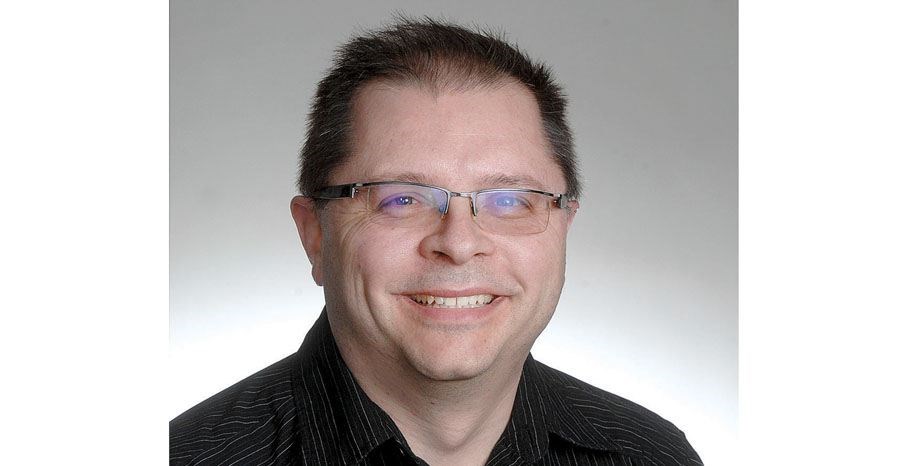Bill Bennett's infrastructure projects outlasted the man, who died Thursday at 83.
B.C. Place Stadium. Skytrain. Expo 86 and the development of False Creek and Canada Place. The Coquihalla Highway. The Revelstoke Dam. In these parts, Tumbler Ridge and Northeast Coal.
Factor in the infrastructure ordered up by his father, W.A.C. Bennett, during the 20 years he was premier - the University of Victoria and Simon Fraser University, B.C. Hydro, B.C. Ferries and, closer to home, the dam across the Peace River that bears his name (it was the Site A dam). He also delivered B.C. the flag it flies today and Medicare.
For 30 years, it was Bennett Columbia. Father and son transformed the province, dragging it into the modern era.
Born in the late 1960s, the first politician I remember is, of course, Pierre Trudeau. The second, however, is Bill Bennett.
When my family relocated to the Central Okanagan in 1981, I quickly learned that Kelowna was ground central for the Bennett empire. I had two aunts and uncles that lived a short distance from the Bennett house, a huge, gorgeous century-old manor that sat next to Mill Creek.
Today, my parents live just a short walk away from the Bennett Estates, a luxury gated townhouse development that features the historic Bennett home as the facility's clubhouse.
Even as a teenager, I remember equating the Bennett name with a dynasty. We had moved to Bennett Columbia, not British Columbia.
In Kelowna, he and his family were worshipped for the semi-rural agricultural common sense mentality they brought to their politics and how they tolerated no nonsense from trade unions.
My high school career was marred by labour disruptions but that didn't stop Bennett from visiting our school one afternoon, where the toughest questions he faced were not from the teachers but from students closely following the decisions made by his government.
He spoke to us as he did to everyone else, seriously and directly but a little joke or a smile never too far away. Afterwards, he was not whisked away by assistants and security agents. Instead, he was surrounded by a group of students who had more questions and were challenging him on some of his answers. He was generous with both his time and his patience.
In his final term as premier, he was a polarizing political presence, someone whose very name would generate passionate debate among students acquiring a political awareness of their own for the first time, as well as comprehending the impact his social and economic policies could have on their imminent entry into the workforce, not to mention already being felt by their working parents.
With limited life experience and political education, the student discussions were little more than "Bennett hates working people and is trying to take away their rights and wages to make the rich richer" and "Bennett loves working people but won't take any crap from their stupid, greedy unions."
In many ways, the discussion has barely changed and the Bennett era continues in B.C.
Both Gordon Campbell and Christy Clark deeply admired Bennett and have emulated his light touch with the people and his iron fist with unions. Campbell tore up public sector contracts and Clark has continued that aggressive stance, refusing to back down to the teachers in 2014. Seen in that light, the construction of the Site C dam seems like just another tip of the hat from Clark to the Bennett ideology and the belief that investing huge dollars in major new infrastructure sets the table for growth and glory days to come.
It's no coincidence that Clark has made an issue of open bidding on Site C and having union and non-union employees working side-by-side. Bennett fought hard for the exact same thing for Expo 86.
For Bennett, the philosophy was my way and the highway - hard-fought victory over all opponents, particularly the NDP and labour, and the highway or project of the day gets done no matter what - and his political descendants share the same philosophy.
It's been nearly 30 years since a Bennett was premier yet, in some many ways, it's like he never left.
-- Managing editor Neil Godbout



